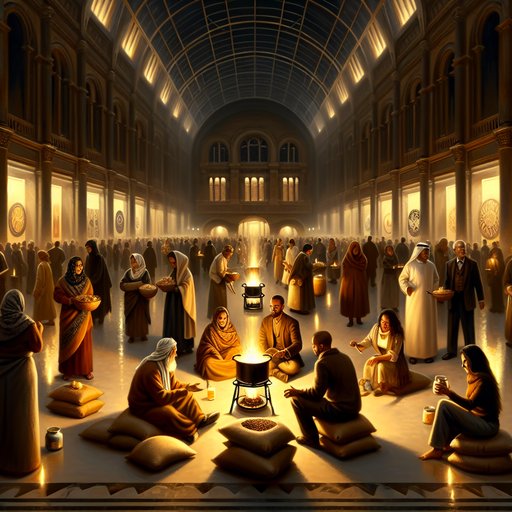
The Volkswagen Beetle, a symbol of German ingenuity and resilience, has become one of the most iconic cars ever made. Its unique design and cultural impact have left a lasting mark on the history of automotive engineering.
The story of the Beetle begins in 1930s Germany. Amid the economic turmoil following World War I, the idea for an affordable, practical car for the German people was born. The task fell to Ferdinand Porsche, a brilliant engineer, who was commissioned by Adolf Hitler to design the 'People's Car'. Porsche and his team worked tirelessly on the project, and in 1938, the first Volkswagen, or 'People's Car', was unveiled.
It was a small, rounded car with a distinctive shape that would become its trademark. It was christened the 'Beetle' for its resemblance to the insect. The Beetle's production was disrupted by World War II, but in the post-war era, the car became a symbol of Germany's recovery. The factory was rebuilt under British supervision, and production resumed, reaching a million units by 1955.
The Beetle's popularity spread beyond Germany's borders. In the United States, it became a symbol of counter-culture in the 1960s, celebrated for its simplicity and reliability. It was also embraced in developing countries, where its low cost and durability made it a popular choice. The Beetle's design remained largely unchanged over the decades, a testament to its timeless appeal.
It was continually updated with modern features, but its distinctive shape and character remained intact. Despite several attempts to replace it, the Beetle continued to be a strong seller for Volkswagen. By the time production finally ended in 2003, over 21 million Beetles had been made, making it one of the most produced cars of all time. The Beetle's legacy continues to be felt today.
It remains a beloved icon of automotive history, celebrated in movies, art, and popular culture. Its story is a testament to the power of design and the enduring appeal of simplicity and reliability. In the end, the Beetle is more than just a car. It's a symbol of an era, a testament to human ingenuity, and a reminder of the timeless appeal of good design.












































